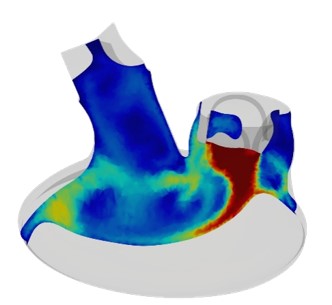
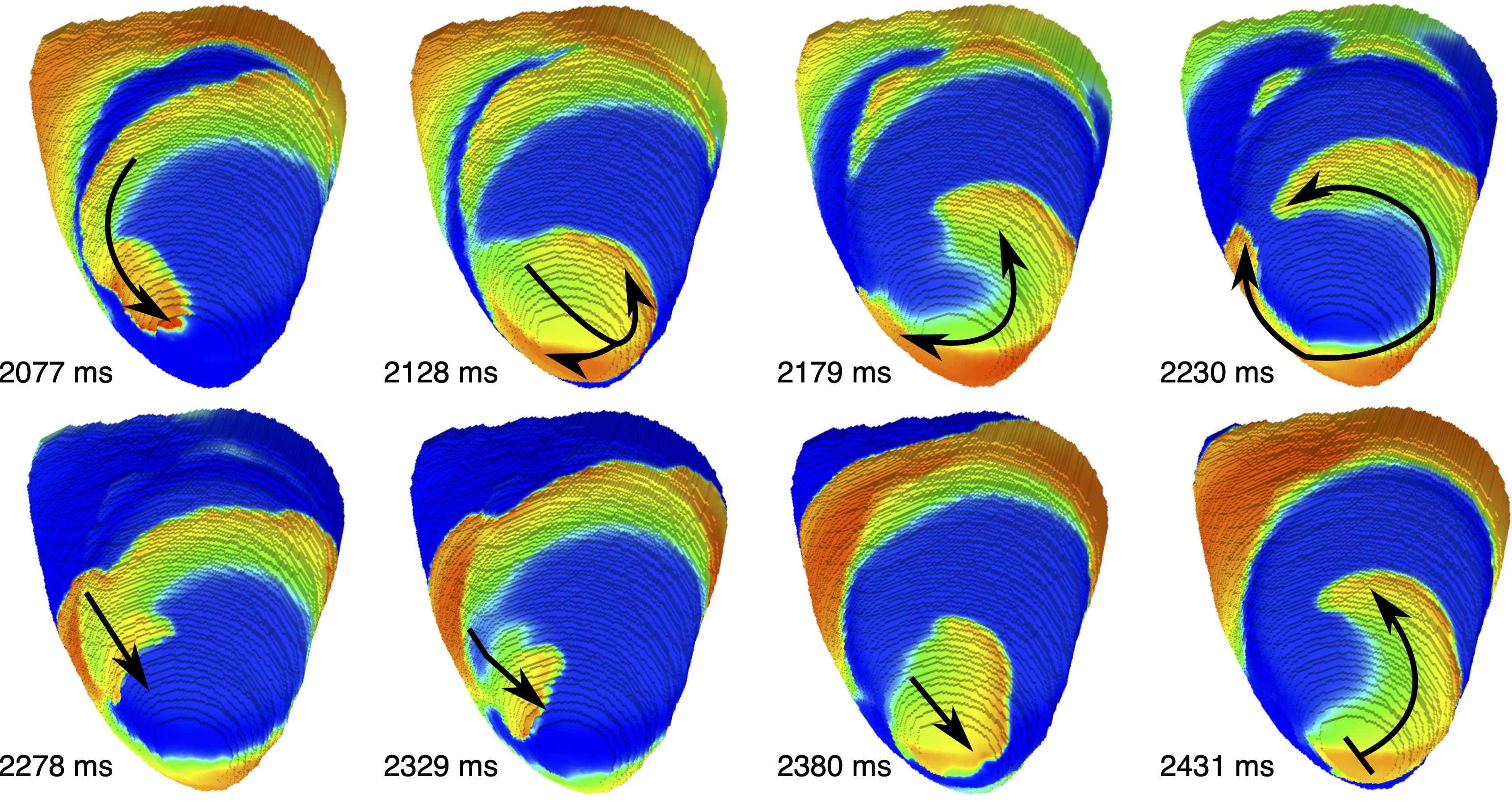
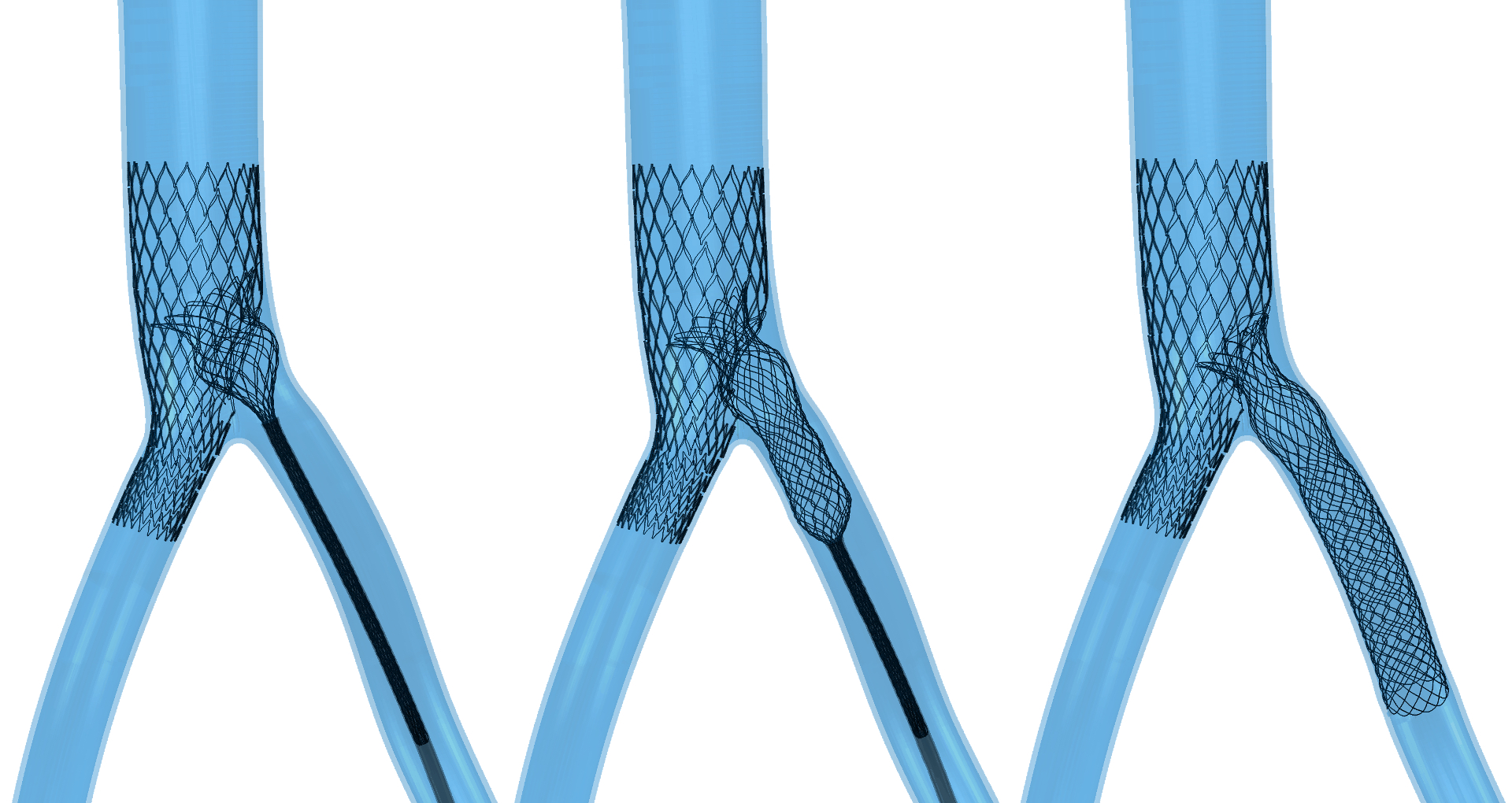
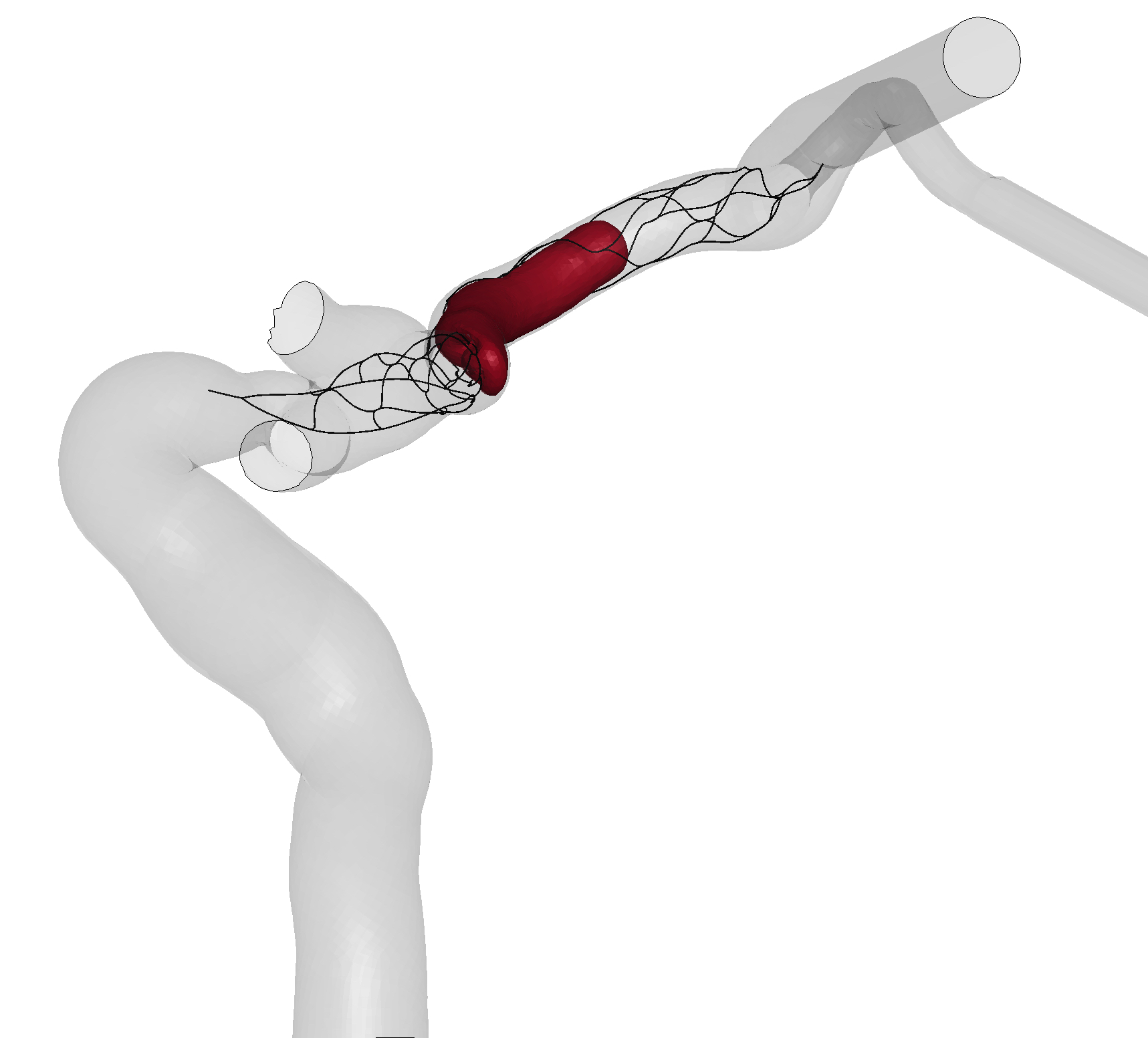
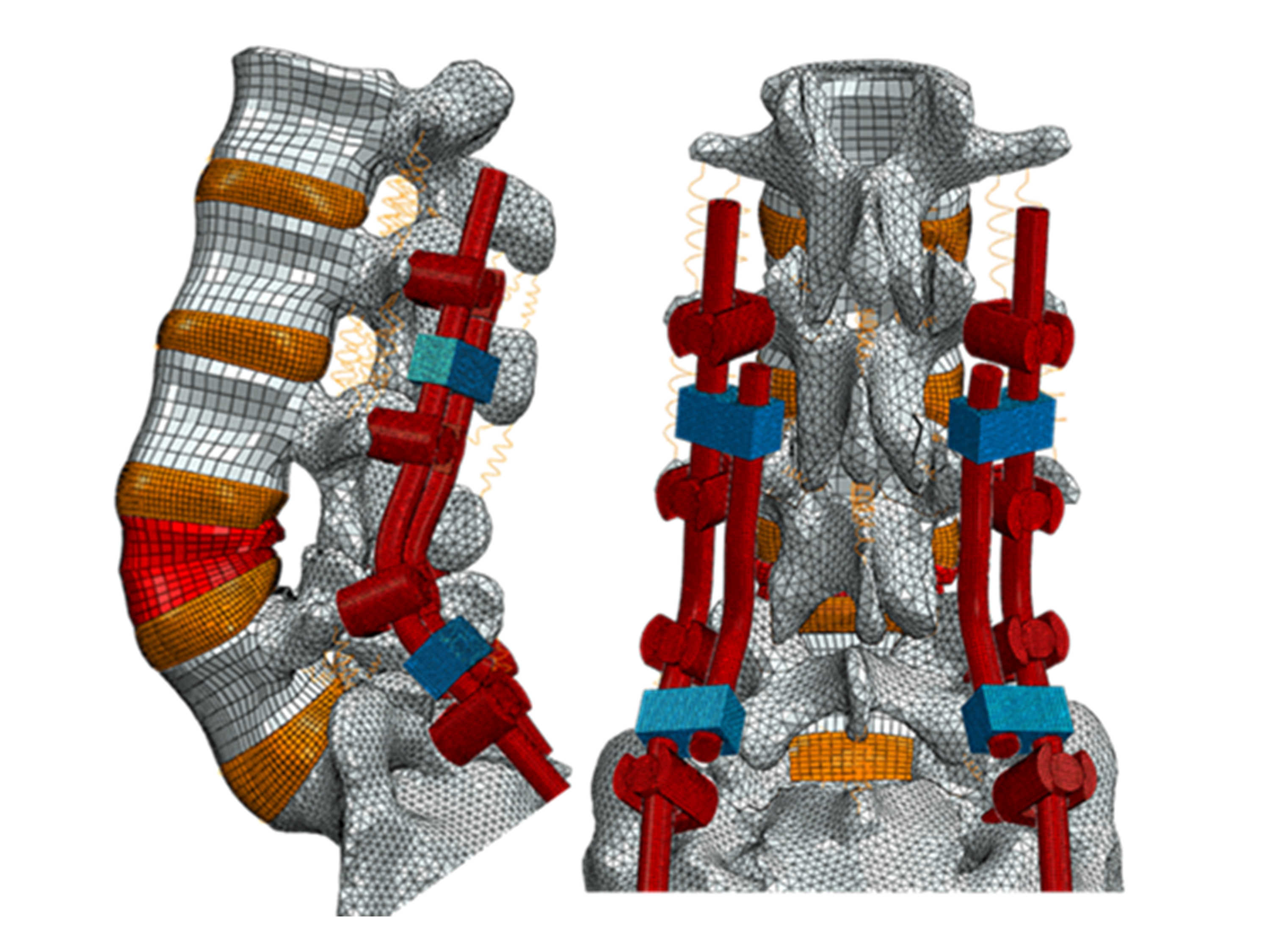
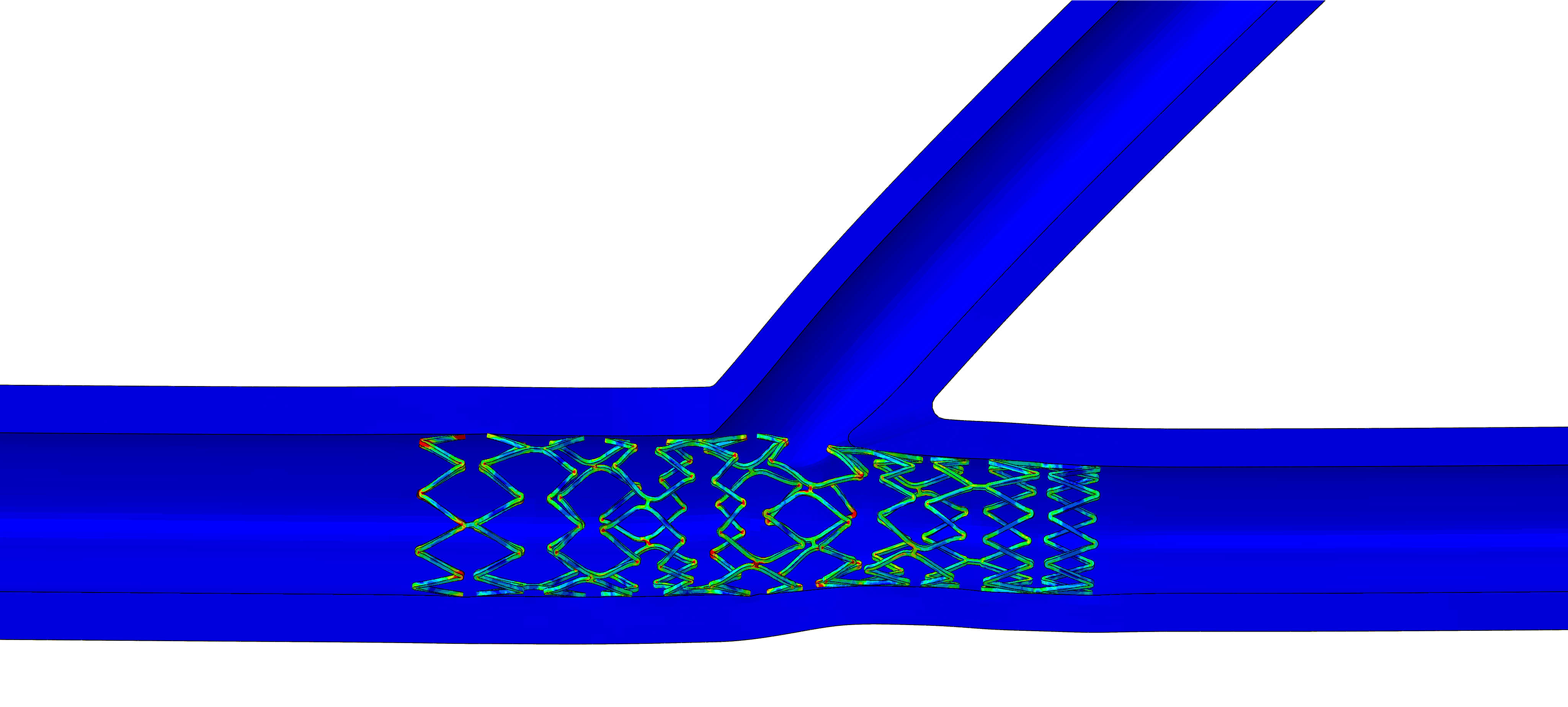
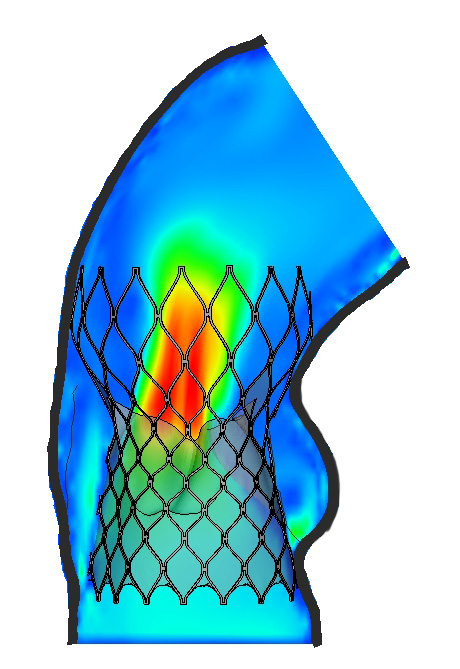
Through numerical simulations, the research activities are aimed at the study, of the mechanical, fluid dynamic, mass transport and thermal behavior of implantable prosthetic devices and their interaction with biological tissues. Our studies are performed in the context of in silico medicine, with particular emphasis on both the verification and validation of developed models and on the quantification of uncertainties. Our skills are aimed at multiphysics and multiscale problems for the study of cardiac and vascular mechanics, spinal surgery and orthopedic applications, based on clinical data and images, and on experimental measurements. We develop constitutive models for biological materials and prosthetic materials. We are experts in fluid-structure simulations (FSI) and we have experience in the segmentation of clinical images for patient-specific anatomical reconstructions.
Computational Orthopedics and Spine Biomechanics Group (Team Leader Luigi La Barbera):one of the pillars of the COMPBIOMECH-LaBS research activities is the modeling and simulation of spinal, orthopedic and osteosynthesis devices. This research area is closely linked to the verification and validation of in silico models using dedicated in vitro experiments and clinical data measured in vivo. These activities are also linked with the design, prototyping and certification of innovative implants using the validated computational frameworks available at LaBS, including simplified loading conditions (also according to ASTM and ISO standards) and complex multiscale virtual models.
Computational Cardiovascular Mechanics Group (Team Leader Giulia Luraghi): our research activities include the modeling and simulation of the cardio and neuro-vascular system and of devices used for their treatment: arterial and venous vessels, endoprostheses such as percutaneous heart valves, coronary and peripheral stents, endografts, and stent-retrieval for the removal of brain thrombi. Devices made of shape memory alloys and with 3D printing techniques are widely studied. Electrophysiology of the heart is also simulated with particular attention to ventricular and atrial arrhythmias, in addition to the multiphysical nature of the electro-fluid-mechanical interactions of the heart.
SARA BARATI
ANNA RAMELLA
GIANLUCA POLETTI
EFSTATHIOS STRATAKOS
GIOVANNI MONTINO PELAGI
LUCA CRUGNOLA
MATTEO COSTI
VITTORIO LISSONI